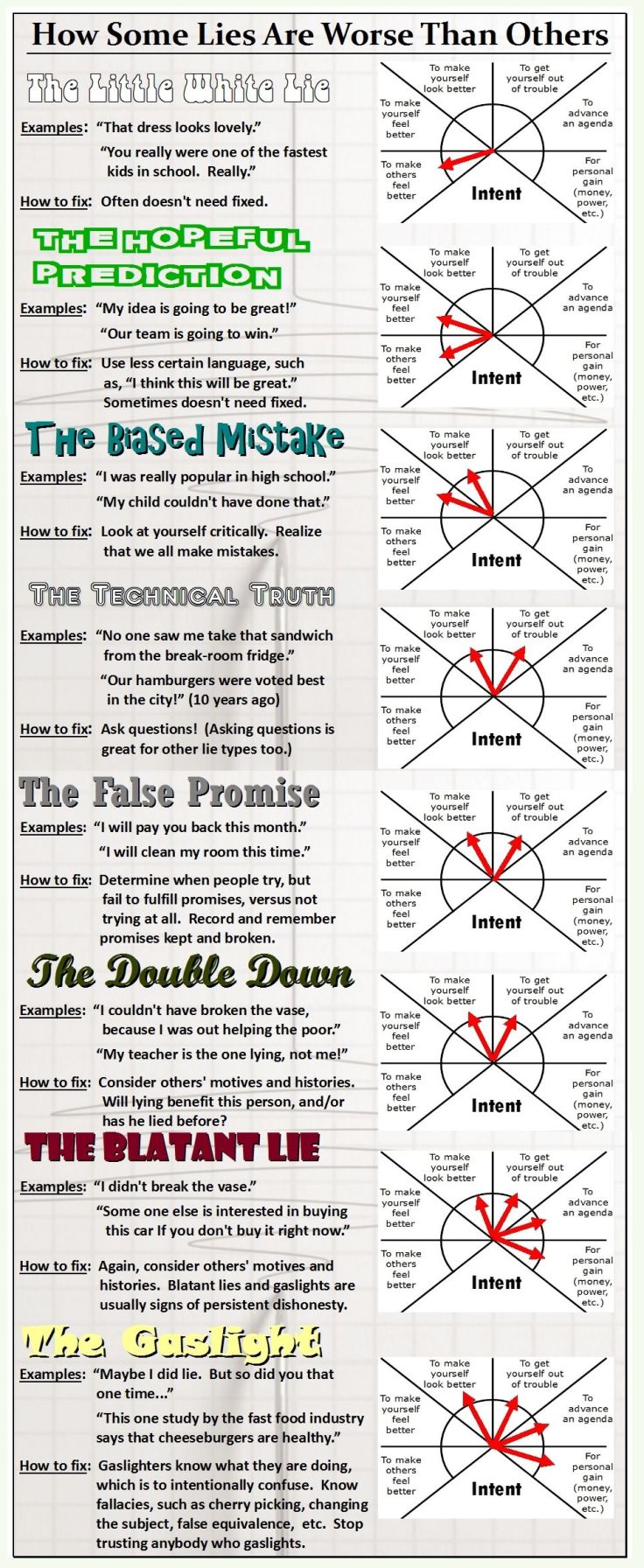Look in a cookbook. Identify conjunctions. Follow directions in a recipe. Talk about the conjunctions used.
Example Statements: “Put the ingredients in a bowl before mixing them together.” “Mix the ingredients until all the lumps are gone.”
Talk about some games’ rules. Talk about reasons for the rules using conjunctions.
Example Statements: “You collect two hundred dollars when you pass go.” “The other team gets the ball whenever there’s an interception.” “If another piece is diagonal to yours, you can jump that piece, and then take it.”
Use an atlas. Instruct students to give directions to places they want to visit. Or, you could use Google Maps, street view, and have one student direct another with conjunctions.
Example Statements: “Get on highway 16 after you cross the state line.” “Turn left before 31st street.” “Go north for twenty miles and drive until you see the exit for Pomona Falls.” “Keep going until the end of the street. Then turn right so we can see what’s over there.”
Give common explanations, such as for crossing the street, wearing warm clothes in the winter, not quitting when you’re behind, taking care of your belongings, etc.
Example Statements: “Wait until the sign says walk.” “Walk across the crosswalk after the sign says to walk.” “Don’t go if the sign says don’t walk before you get to the intersection.” “You’ll get cold outside in the winter unless you wear warm clothes.” “You shouldn’t quit when you’re behind, because you still might win.” “Use both hands to hold a heavy plate full of food so that you don’t drop it.”
Sentence Combination – Instruct Students to combine two or three phrases with limited or not use of the word and.
1) the phone rang; he answered it – After the phone rang, he answered it.
2) the girl stood up; she had to stand up to see – The girl stood up so that she could see.
3) the man opened his umbrella; it was not raining – The man opened his umbrella although it was not raining.
4) the pen was blue; the pen broke; the pen fell – The blue pen broke after it fell
5) the boy was inside; he took off his sunglasses; he could see better – The boy took off his sunglasses inside so he could see better.

